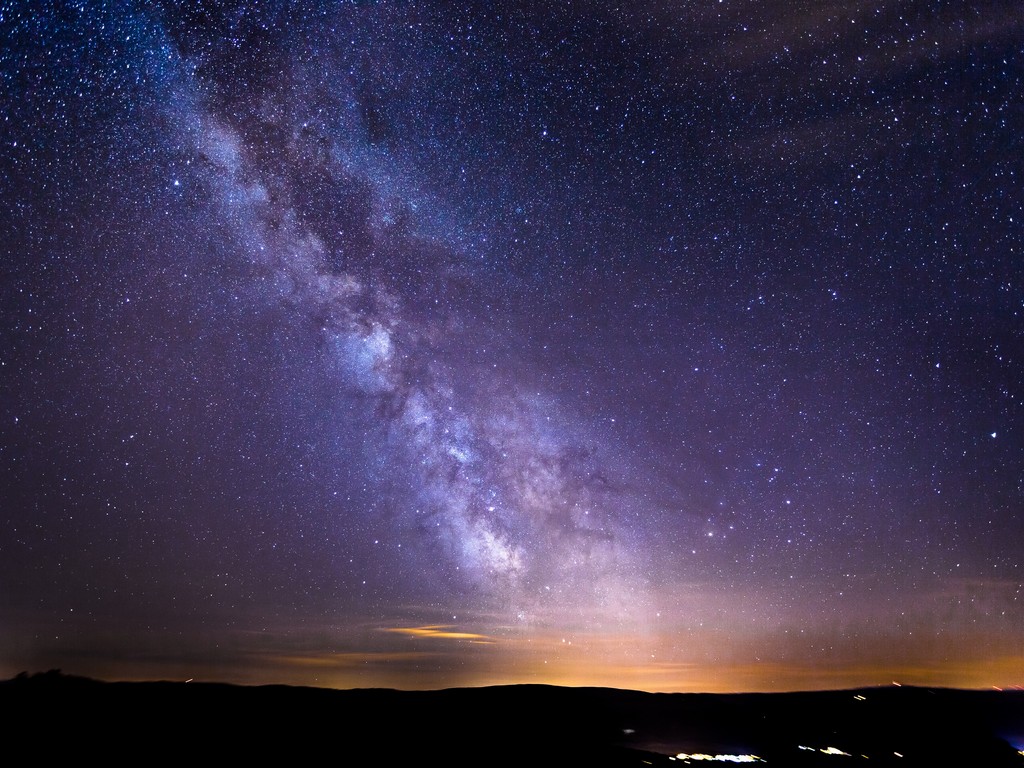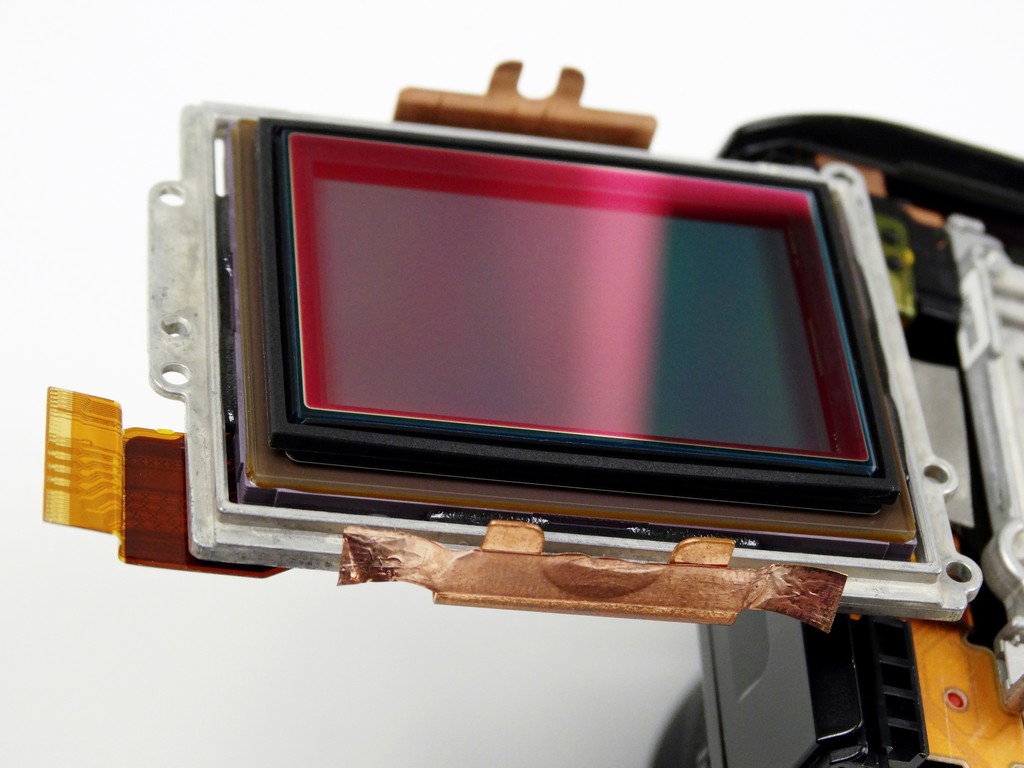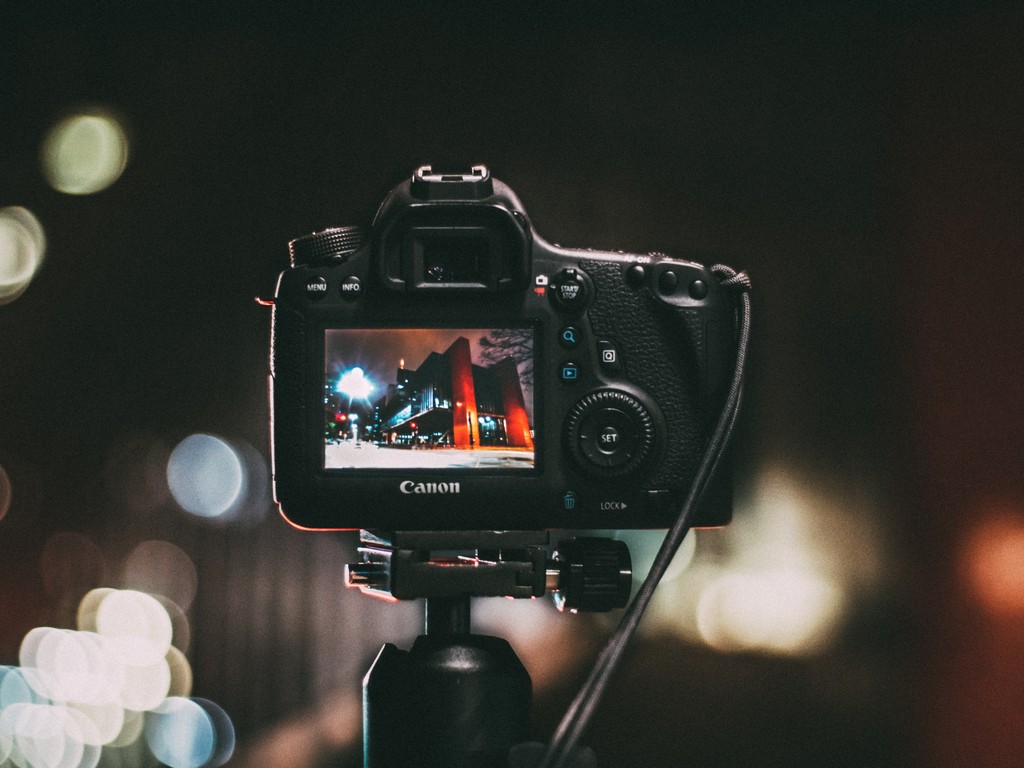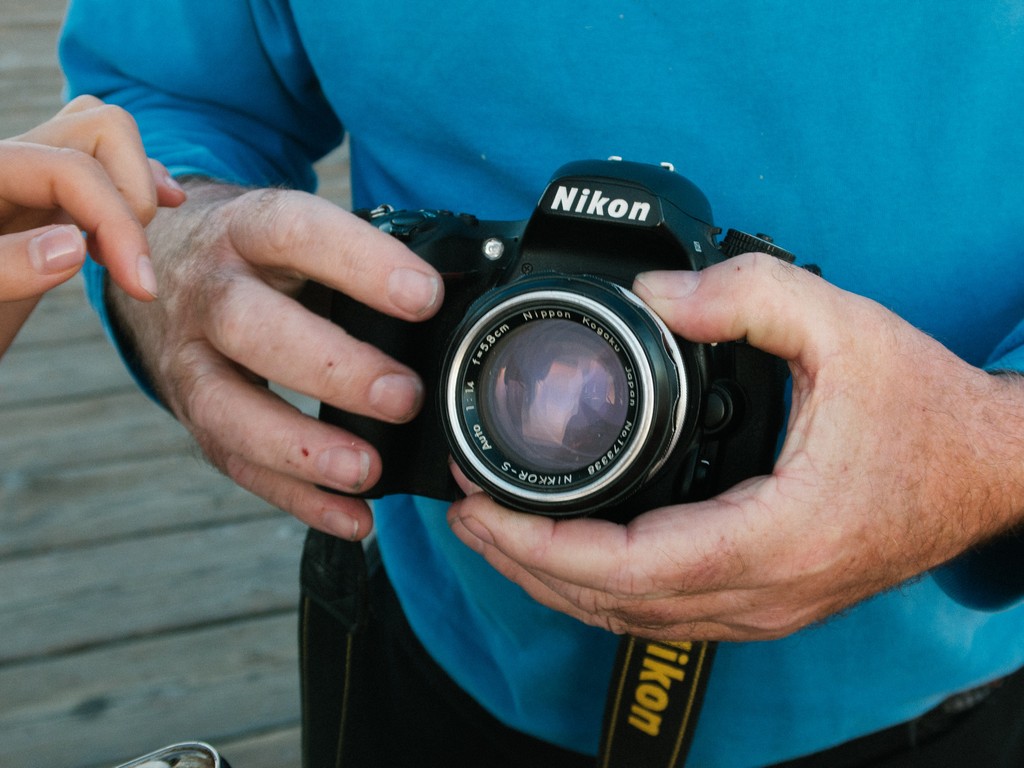Learn About What is the 500 Rule in Photography and More!
13/10/2023 2023-10-13 14:44Learn About What is the 500 Rule in Photography and More!
Photography is an innovative art which showcases your unique vision. But being bold and experimentative are not the only criteria in photography. Being creative does not mean chucking the rules out of the window. To increase your skills and make better shots, there are some basic rules of photography. One of the most asked questions is, what is the 500 rule in photography?
Even if you are familiar with all the photography composition rules, the 500 rule in photography might seem a little complicated. This rule is mostly used by photographers who want to capture the night sky.
Here we will solve the maths of 500 rule photography and make it easier for you. Read this article for an answer to the question, what is the 500 rule in photography?
The Meaning of 500 Rule Photography

One funny thing about this rule is that the number 500 does not have any proper significance. Despite the name, it is not a hard and fast rule but more of a guideline.
If you are into night photography and end up messing up the photos with streaky images, then this rule is for you. At night, the light is scarce, and if you maintain a slow shutter, you will get streaky images. This happens due to the rotation of the earth, and the night sky moves from the vantage point of the earth. The 500 rule for star photography is the holy grail for all astrophotographers.
The 500 Rule in Astrophotography
The 500 rule night photography technique is mostly for photographing the starry sky on a tripod.
Since photographic equipment prices have gotten down a peg or two and availability of useful web resources, astrophotography has become more and more popular in recent years. It’s not always simple to take such a fantastic photo, though. While taking pictures in the field is a very delicate task that calls for a particular set of abilities and information, astrophotographers must consider all the features of their camera equipment, including the sensor size, exposure duration, image resolution, and star angular speed.
You most likely don’t yet have an equatorial telescope mount or a star tracker if you’re just starting in astrophotography. The 500 rule is a straightforward rule that could take the place of endless preparation.
Why do the Photographers Use this Rule?
The photographers use the 500 rule for star photography to achieve sharp images of the glittering stars. This rule does need a little bit of maths, but it is no rocket science.
While photographing the night sky, the 500 rule determines how long the lens can be exposed before star trails appear or the stars become blurry. Sharp stars won’t be seen in photos taken with shutter speeds greater than those permitted by this rule. A straightforward formula can be used to calculate the best exposure settings for a specific lens on full-frame and crop sensor cameras. If the instructions for the calculation are followed meticulously, you can’t go wrong with astrophotography.
The 500 Rule Photography for Crop Sensors and Full-Frame Cameras
The rule differs for different cameras, the calculation varies if you have a full-frame camera, a crop sensor camera, or crop sensor cameras of different brands. Below we will give the calculation methods for each variation.
- Full Frame Cameras

If you have a full-frame camera, you need to set your ISO to 3200 or 6400 and your aperture to f/2.8 or the widest you can, and your shutter speed to 500, which should be divisible by the focal length.
With full-frame cameras, the calculation is easier as there is no need for the crop factor, and you can just divide 500 by the focal length. For example, if you are using a 50mm lens, then your shutter speed would be 10 seconds because 500/50= 10.
Pro tip: You might need to change the ISO according to your camera sensor’s response in low light.
- Crop Sensor in Canon

If you are using a crop sensor camera of the brand Canon, then your crop factor would be 1.6. Then the calculation for the same would be:
500/focal length x 1.6
Let’s take a 50mm lens as an example, the calculation for that would be 500/50 x 1.6, which equals 6 seconds.
- Crop Sensor in Nikon

The crop sensor in Nikon is 1.5 so your calculation is as follows:
500/focal Length x 1.5
For a 50mm lens, your shutter speed would be 7 seconds because 500/ 50 x 1.5= 7.
Always keep in mind this is just an outline, these settings will not be optimal for all scenarios. If there is atmospheric pollution or blaring lights, you might have to make adjustments. If you want to capture the night sky in normal weather conditions, then the camera 500 rule is perfect for you.
Why does it work?
The 500 rule photography calculator works because it automatically calculates the optimal shutter speed for you to get clearer pictures at night. It is simple and does the job quickly. This can be a reference for the amount of time you should expose your lens.
It is not always the case that this formula will give brilliant results because, for some cameras, this trick does not work at all. If you are using an APS-C or Micro 4/3rd sensor, these settings will only result in blurry images.
To determine the 500 rule photography APS-C sensor, the crop factor has to be multiplied by the focal length. For the APS-C sensors the crop factor is 1.5 which makes the formula like this:
APS-C= 500/focal length x 1.5
Final Thoughts
Now that we have addressed the ‘what is the 500 rule in photography’ question in depth, what’s next? You might find some difficulty as a photographer if you are just starting, but the JD Institute of Fashion Design has a 3-month Diploma course in fashion photography which will introduce the student to the skillsets required to be proficient in this field. You can even take up fashion journalism after this course as a career choice.
Feel free to check out the website of the institute for more information.













